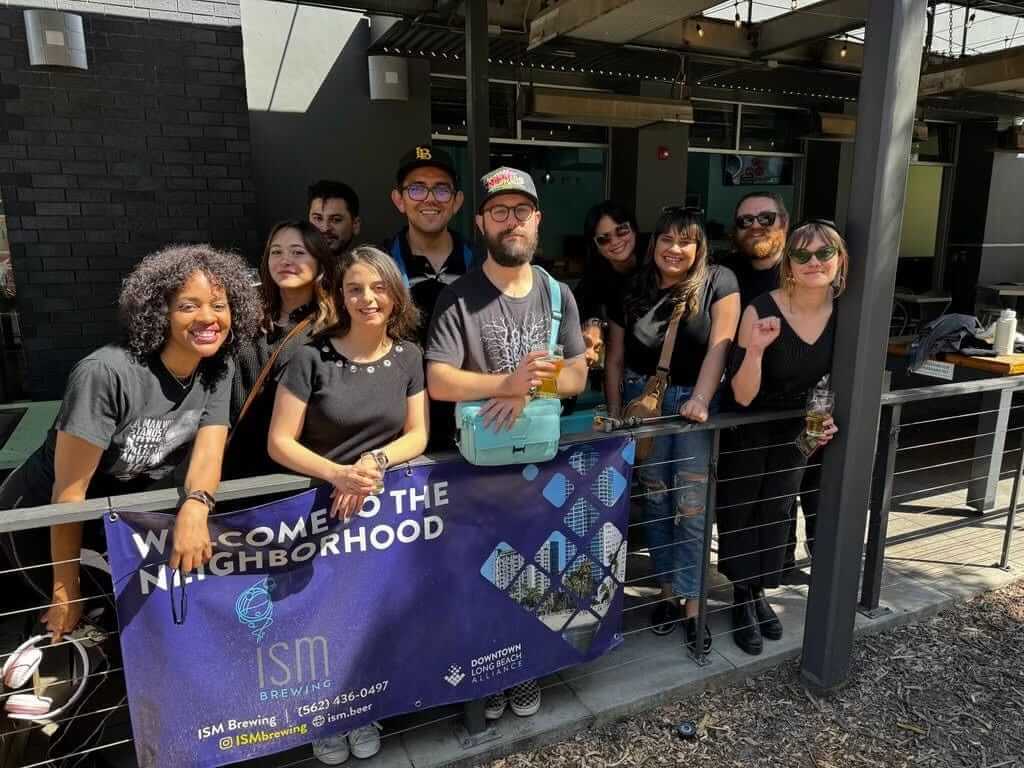S. Mitra Kalita is the executive editor of Quartz, on Poynter’s adjunct faculty, and a Spencer Fellow at Columbia University. She tweets @mitrakalita.
A friend of mine recently pondered the role of memory in journalism, saying an information overload has robbed his recall. Sometimes it feels like stories aren’t read as much as Facebooked, tweeted, toggled all day long. What actually gets absorbed, retained, understood?
This was my dilemma as Poynter asked me to compile the top 10 stories of 2014. Insecure about whether the best journalism had actually reached me, my inclination was to crowdsource the list. That felt dishonest. Key takeaway of my transition to digital media: only authenticity wins the internet.
So here are my picks, based solely on the top stories I remember from 2014. I whittled it down to the 11 that stayed with me long beyond the last line or my share. Note that I wrote this before newspapers began trotting out ambitious, investigative packages to make the Pulitzer deadline. Still, these examples kept me up at night or forced me to rethink what I thought I knew. Somehow, they captured my world and my values.
I doubt most of these will show up on anybody else’s list of the best journalism, but there are lessons within. Most of these stories “found” me via social media. Details, narrative, shoe-leather reporting: each worked to make the pieces memorable.
Newsrooms might consider a similar exercise to gauge their own consumption and what resonates. If 2014 was the year of shareable journalism, might 2015 be that of the memorable? The stories we remember don’t have to be the longest it took to write or read but those that feel intimate and personal and explanatory, as if they were committed just for us, our most probing questions, and the many identities that we straddle.
Jan. 12, New York Post
No space, no books, no clue at city’s worst elementary
By Susan Edelman
It’s outrageous: a principal in a fur coat who is frequently absent or shows up to work at the end of the school day. You can dismiss this as typical tabloid gotcha but it felt like the accountability reporting I would want in my own kid’s school. There was a laundry list of serious violations at the school but that fur coat is what got me. The principal was dismissed, then reassigned as a result of the Post’s reporting.
March 14, Medium
Building a diverse newsroom is work
By Shani Hilton
This year’s diversity discussion was kicked off with Guardian columnist Emily Bell on the lack of diversity in digital media. While I share her lament, the sorry numbers plaguing digital come directly out of legacy media’s sorry track record (as well as the journalism schools that feed them). As a woman of color who has pretty much spent her career working on (and through) these issues, I felt the column didn’t nod to our efforts nor acknowledge how entrenched the issue really is. So Shani Hilton’s retort on Medium — the newish platform that essentially democratizes publishing with open access and distinct voices — offered much-needed history and a reality check. I’ve referred to it often over the last year and think it is a must-read for newsroom managers who say they can’t find talent.
March 21, Quartz
How children’s books can save lives
By Mathangi Subramanian
The hashtag #DiverseChildrensBooks went viral but this is the piece that really drove home the need for them. I teared up over the girl who goes hungry because she doesn’t value her life enough to eat. The author explains why stories matter: “They feed our imagination and shape the stories we tell about ourselves, real or pretend. We all deserve the opportunity to suspend disbelief, especially when it comes to our own lives. But when our only material is the unjust world around us, rather than characters who look and act and sound like us, our imaginations become circumscribed.”
July 17, The New York Times
Through lens, 4 boys dead by Gaza shore
By Tyler Hicks
My Facebook feed erupted over the conflict in Gaza and the deaths of innocent children. This image stayed with me as did photographer Tyler Hicks’ account of how and why he was on the beach the morning that four boys were killed. His first-person account packed more emotion than news stories on the incident.
Aug. 13, The Washington Post
Even before teen Michael Brown’s slaying in Ferguson, racial questions hung over police
By Wesley Lowery, Carol D. Leonnig and Mark Berman
After reading about Ferguson mostly via Twitter, I welcomed this well-reported story from the Washington Post. It offered context of the drama of the moment with the history of how we got here. The narrative helped me picture Ferguson’s transition from an all-white suburb to a majority-black town in a way social media couldn’t.
Sept. 2, NPR
The End of Neighborhood Schools
By Anya Kamenetz
Photos by Edmund D. Fountain
More than half of children in New Orleans attend a school more than 2 miles from their home. This is our future. NPR’s piece on school choice in New Orleans was a good example of writing about public policy through a few examples that resonate much wider (and nationally). The photos are stunning, especially the chaotic image of parents clamoring for their children’s spots in school.
Sept. 19, Business Insider
The Woman Who Protected Yahoo’s $27 Billion Windfall From Alibaba Cried With Joy Last Night
By Julie Bort
Alibaba was the biggest IPO of the year, but much of the coverage of it made my eyes glaze over. This Business Insider story differentiated itself by humanizing the big numbers in play — and spotlighting a woman who made a big difference. It was a behind-the-scenes profile at its best. I also liked this piece because it came to me via Facebook, a tough space for breaking business news.
Salon, Sept. 28
Latina, at the white, male New York Times: “Why are people thinking it’s OK to say racist sh-t in front of me?”
By Daisy Hernández
A disclaimer that I have known Daisy Hernández since we were 16 years old and at a minority journalism workshop together. This piece describes her entry to the New York Times, her disbelief that she’s there, and the things people say and do (including a business editor who committed suicide by jumping off the building). Her attempts to understand the newsroom, how editors talk, what managers want, mirrored so much of my own journey.
Oct. 14, New Yorker
The Empire of Edge: How a doctor, a trader, and the billionaire Steven A. Cohen got entangled in a vast financial scandal.
By Patrick Radden Keefe
As I often do with long magazine pieces, I initially dismissed the story of insider trading at SAC Capital as a prettier rehash of what was already “out there,” thanks to the hard work of newspaper reporters. But its rendering of how hedge funds work, how relationships are cultivated, how information is leaked was explanatory and investigative journalism as its best. It raised (and answered) the question of how Steve Cohen could get away without being charged. Its portrait of how greed and ambition can both propel and implode careers also felt incredibly universal. Mathew Martoma’s parents — Indian immigrants with big dreams for their children — remind me of my own.
Oct 15, Scroll.in
By Nandini Ramnath
After Maine Pyar Kiya, Salman Khan has become a genuine cultural artifact
For years, the comeback of a Bollywood actor I love to hate — Salman Khan — has perplexed me. He has a checkered past: a fatal hit-and-run, menacing phone calls to women, illegal hunting violations. And he’s not that great of an actor. This piece from a new website in India (disclosure: our local partner for Quartz India) answered my question. Indians can’t turn their backs on the Bollywood hero he was 25 years ago: a “chivalrous, large-hearted hunk who will go to great lengths to save his inamorata, family honour and the nation.” It would be like giving up on themselves.
Oct. 25, The New York Times
The Horror Before the Beheadings: ISIS Hostages Endured Torture and Dashed Hopes, Freed Cellmates Say
By Rukmini Callimachi
This is the story of what really happened to abducted aid workers and journalists such as James Foley, who was on assignment in Syria. Written more than two months after his death, it remarkably took me inside their jail cells (“concrete boxes”) and captures despair in both Syria and the home countries of the kidnapped, among their families. Rukmini Callimachi has emerged as one of the best reporters covering the Islamic world today. In this 4,500-word feature, she unravels everything from terrorism’s financing to the religious conversions of captives. The image of those sandals Foley wore to his death stay with me.
Correction: An earlier version of this story misidentified the publication where a story ran. “Latina, at the white, male New York Times” ran in Salon, not Slate.






